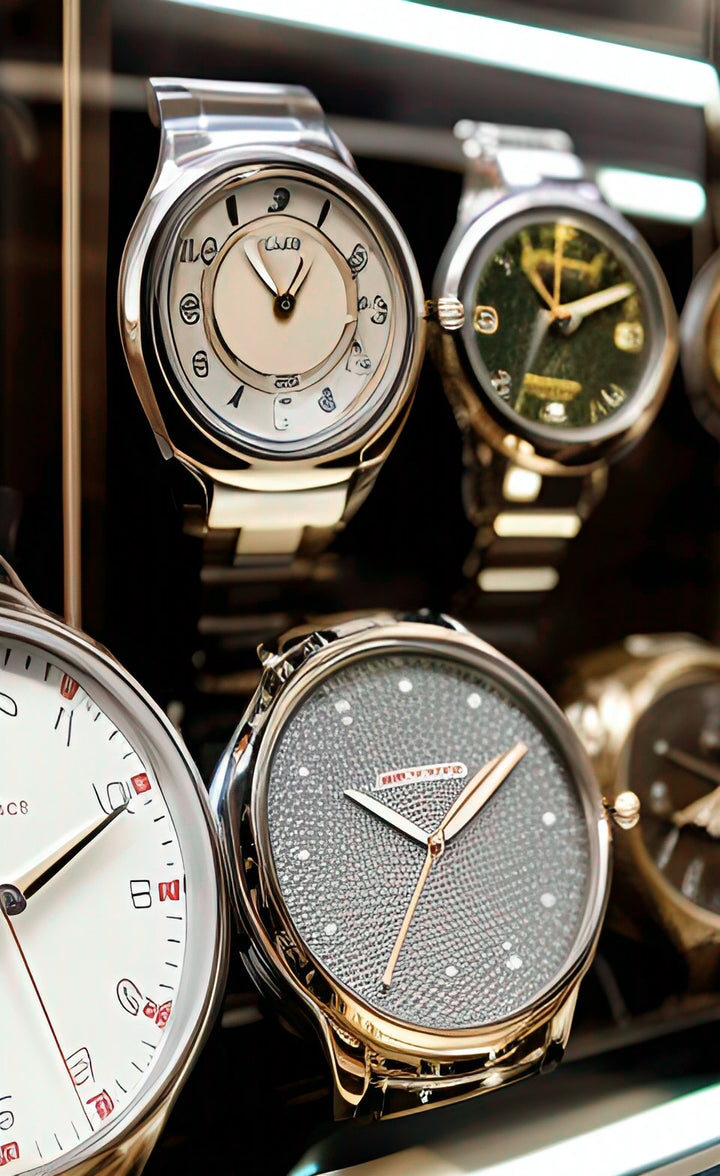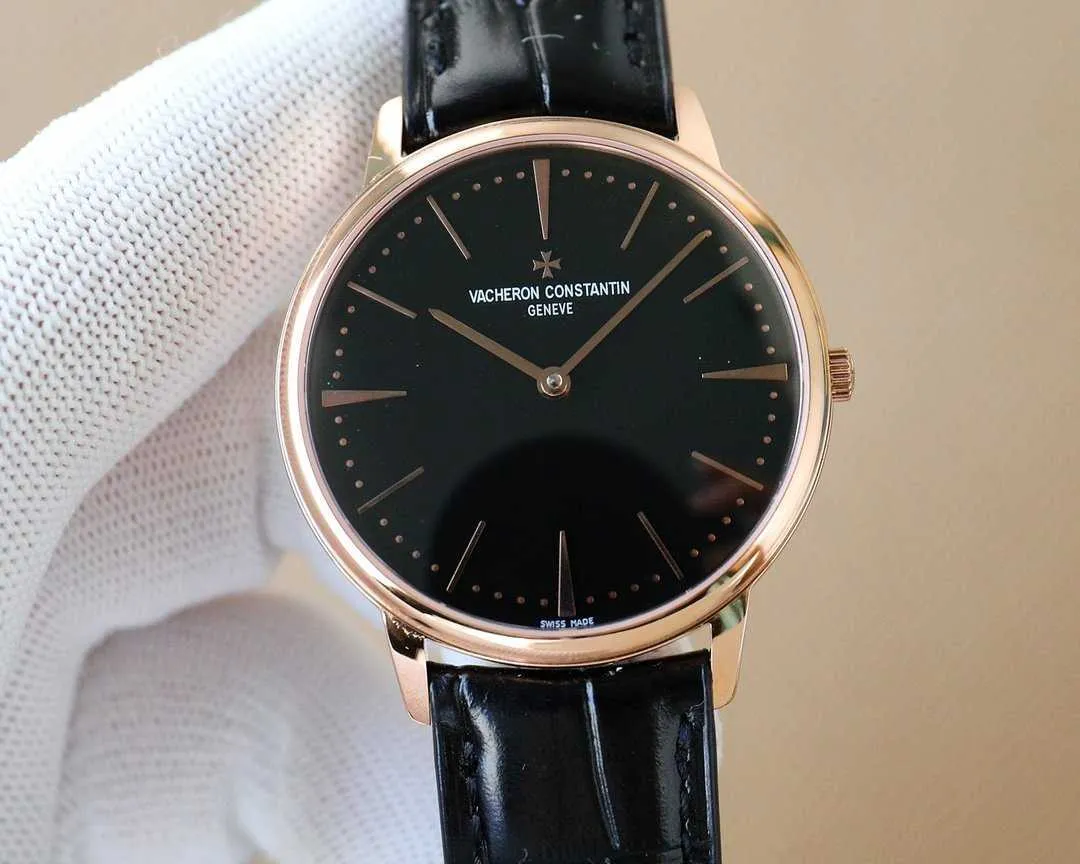
Introduction
The pursuit of accurate timekeeping has been a hallmark of horology, fueling the relentless innovation and advancement in watchmaking. As technology and craftsmanship have converged, the realm of precision has witnessed the emergence of timepieces that set the bar for accuracy. In this comprehensive guide, we embark on a journey to explore the world’s most accurate watches, delving into the intricate mechanisms, cutting-edge technologies, and the relentless pursuit of precision that defines these

Necessary Components of Highly Accurate Watches
Precision Movement Mechanisms
At the heart of the most accurate watches lies a meticulously engineered movement mechanism. Whether it be quartz, mechanical, or hybrid movements, accuracy is achieved through the exacting calibration and synchronization of intricate components, such as escapements, balance wheels, and quartz oscillators. The seamless coordination of these elements, often refined to microscopically precise tolerances, facilitates the unerring measurement of time, marking a significant distinction in the accuracy of the timepiece.
Superior Materials and Construction
The construction of the case, dial, and hands of highly accurate watches is scrutinized with a keen eye for detail and precision. The use of premium materials, such as high-grade stainless steel, titanium, or advanced ceramics, not only enhances the durability and aesthetics of the timepiece but also contributes to the stability and protection of the movement. Furthermore, meticulous attention to the manufacturing and assembly processes ensures that the components are seamlessly integrated, minimizing friction and maximizing the overall precision of the watch.
The Apex of Accuracy: Watches setting New Standards
Atomic Timekeeping Technology
At the pinnacle of precision, atomic timekeeping technology has redefined the boundaries of accuracy in watchmaking. Watches leveraging atomic timekeeping synchronize with atomic clocks, using radio signals or satellite communication to maintain accuracy down to the nanosecond. By utilizing the unrivaled precision of atomic oscillations, these timepieces represent the forefront of timekeeping accuracy, offering unparalleled reliability and precision that eclipses traditional mechanical and quartz movements.
Chronometer-Certified Watches
Chronometer certification, often issued by prestigious organizations such as the COSC (Contrôle Officiel Suisse des Chronomètres), symbolizes the achievement of exceptional accuracy in mechanical watches. Timepieces that undergo rigorous testing protocols and meet stringent criteria for precision are granted the esteemed title of ‘chronometer.’ The certification bears testament to the watch’s ability to maintain consistent and precise timekeeping within designated tolerances, signifying a high watermark in accuracy and craftsmanship.
Advancements in Watch Technology
Innovations in Quartz Timekeeping
Quartz watches, renowned for their precision, have continued to evolve through technological advancements in timekeeping. With the integration of high-frequency quartz oscillators, thermo-compensation techniques, and improved circuitry, modern quartz watches exhibit enhanced accuracy and thermal stability. Furthermore, innovations in low-energy consumption and power-saving features have extended the longevity of quartz batteries, ensuring uncompromised precision over extended periods.
Revolutionary Horological Innovations
The convergence of traditional craftsmanship with modern engineering has given rise to revolutionary horological innovations that redefine the boundaries of accuracy. From groundbreaking escapements and regulatory systems to innovative materials and lubricants, the pursuit of precision has propelled watchmakers to push the boundaries of traditional watchmaking. These innovations have resulted in timepieces that achieve remarkable precision while exhibiting exceptional mechanical artistry and technical prowess.
The Endurance of Accuracy: Maintenance and Care
Highly accurate watches demand conscientious maintenance and care to preserve their precision over time. Regular servicing, calibration, and adherence to recommended usage guidelines are essential for sustaining accurate timekeeping. Additionally, the avoidance of extreme temperature changes, magnetic fields, and impacts is crucial to safeguarding the delicate balance and adjustment of the movement. By prioritizing proper upkeep, watch enthusiasts can ensure that their highly accurate timepieces continue to perform with unwavering precision for generations to come.
Precision in Action: Mechanical Marvels
Mechanical watches, revered for their intricate craftsmanship, have witnessed a resolute pursuit of accuracy through innovations in movement design and engineering. The development of advanced escapements, metas-certified movements, and tourbillon mechanisms has ushered in a new era of precision in mechanical timepieces. By leveraging cutting-edge materials and precision manufacturing techniques, such as silicon components and anti-magnetic properties, modern mechanical watches achieve extraordinary levels of accuracy while upholding the tradition of masterful artisanship.
Furthermore, the implementation of precision-oriented horological complications, such as constant force mechanisms and inertial regulation systems, has further elevated the accuracy and consistency of mechanical timepieces. These developments bear testament to the ceaseless commitment to pushing the boundaries of precision within the realm of mechanical watchmaking, ensuring that these timepieces stand as paragons of accuracy and ingenuity.
Integration of High-Tech Sensors and GPS Technology
In an age of technological advancement, the integration of high-tech sensors and GPS technology has revolutionized the landscape of precision timekeeping in watches. Timepieces equipped with GPS functionality can automatically synchronize with atomic clocks and satellite signals, ensuring unparalleled accuracy and reliability, regardless of the wearer’s location.
Moreover, the incorporation of multifunctional sensors, such as thermocompensated quartz movements, ambient light sensors, and precision temperature monitoring, has further enhanced the precision and adaptability of modern timepieces. These advanced features enable watches to autonomously adjust for environmental changes, ensuring that they maintain optimal accuracy under varying conditions. The seamless integration of high-tech sensors and GPS technology has fortified the position of these timepieces as beacons of precision in the contemporary horological landscape.
Conclusion: The Epitome of Precision in Timekeeping
The world’s most accurate watches embody the apex of precision, representing the culmination of centuries of horological evolution and technological advancement. From atomic timekeeping to chronometer certifications, these timepieces epitomize the unwavering pursuit of perfection in timekeeping precision. As technology continues to advance and innovative craftsmanship expands the boundaries of watchmaking, the quest for accuracy lives on, inspiring the creation of timepieces that defy the constraints of time itself, ensuring that they remain the enduring benchmark for precision in the world of horology.
In conclusion, the pursuit of accuracy in timekeeping has fueled remarkable innovations in the world of watches. From mechanical marvels to smartwatches and beyond, the quest for precision continues to shape the horological landscape. Whether it be through atomic timekeeping, mechanical ingenuity, or digital integration, the world’s most accurate watches stand as exemplars of human endeavor and a testament to our fascination with capturing the essence of time itself. As technology advances and boundaries are pushed, the future promises even greater precision, ensuring that accurate watches will always be at the forefront of horological engineering and our quest to master time.


